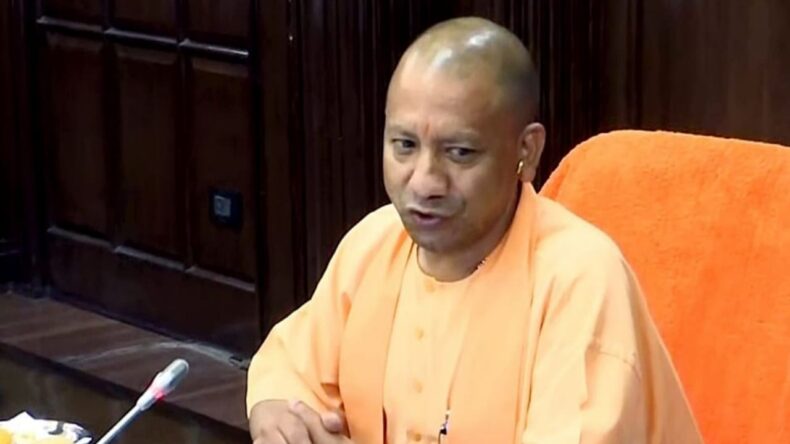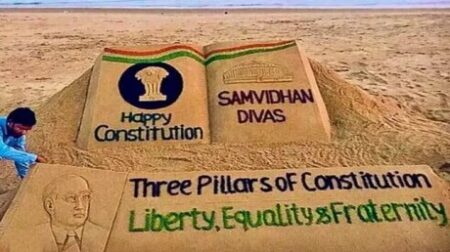The Yogi government 2.0 is trying to copy what the Modi government did in Gujarat during the 2002 win in the Gujarat assembly elections
Yogi government is gaining popularity nationwide through its bulldozer governance. The use of bulldozers to improve the law and order situation in UP. Turning the illegal properties of wanted criminals like Vikas Dubey, Mukhtar Ansari, and Antique Ahmed into ruins is the new governance model of UP.
Following the demolition of the Masjid in Jahangirpuri, it is clear, now BJP-led governments are turning from the ‘Gujarat model’ to the ‘Yogi Model’. For instance, following Yogi’s governance, BJP-led governments of MP and Gujarat have started following bulldozer politics. Further, Karnataka and Uttarakhand have ensured to take strict actions against the illegal occupation and criminals.
While top leaders of the BJP including the Union Home Minister Amit Shah is following the Yogi Model of Bulldozer politics, Yogi Adityanath is busy preparing to implement the Gujarat model of governance.
Initiatives by the Yogi Government 2.0 in UP
Since the last 4 weeks of the re-elected Yogi government, Adityanath Yogi is stricter with his fellow ministers. The priorities and agenda regarding the development in the state were pre-planned.
Yogi Adityanath, before even getting elected, started planning to make UP a trillion-dollar economy. He even appointed a consultant for the same. Further, the Vishwa Hindu Parishad and the Bajrang Dal members are in hibernation for a few weeks. While their counterparts in MP, Rajasthan, Delhi, Gujarat and even Odisha were holding processions during Ram Navami and Hanuman Jayanti. The same scenario was witnessed during Modi’s win in Gujarat’s assembly elections in 2002.
Further, when right-wing groups claimed to play Hanuman Chalisa on loudspeakers at the time of Azaan, Yogi Government strategized to maintain peace. The Yogi government ruled out the instruction to limit the sound of loudspeakers, so that it may not cross the religious premises. The instructions were not just for the temples but for the mosques too.
Moreover, a student wing of the RSS association, Akhil Bhartiya Vidyarthi Parishad (ABVP) claimed to play ‘Hanuman Chalisa’ on 21 loudspeakers in Aligarh. The group claimed to do so in a gesture of protest against Azaan. Later, ABVP took back its claim.
Way to make UP a trillion-dollar economy

Adityanath Yogi’s governance is slightly different than what it was during the first term. The number of controversies has decreased and Yogi Government seems clearer towards their goal.
The first and foremost aim of the government is to bring in investments in the state. To do so, the cabinet cannot afford communal violence and riots for now. The government plans to maintain the law-and-order situation in the state.
To acquire this goal, the UP government is emphasizing mostly on employment generation and ensuring education in every corner of the state.
Yogi Government 2.0 focuses on self-employment to generate employment opportunities for the youth. The CM has set up skill Universities in the state, ITI in every block, expansion of skill training, developed of new courses regarding skill development, etc. The government believes that the skill development centers will help the youth that has acquired theoretical knowledge to contribute practically by setting up their own venture.
The government aims to provide all kinds of help including providing capital for packing, branding, and marketing. This will help in generating employment for themselves along with other people at the regional level.
Furthermore, the New Education Policy of 2020 aims to provide skill training to secondary and higher classes. The government ensures to conduct 3 job fairs in 100 days. Additionally, amidst the ongoing development in the state, there is an urgent need for skilled construction workers in the region. The government plans to train more than 10,000 people in this sector. The government will also establish IGNOU centers in the state ITI that will provide higher education to students along with vocational training.
Published by: Diwakar Kumar
Edited by: Aaradhana Singh













